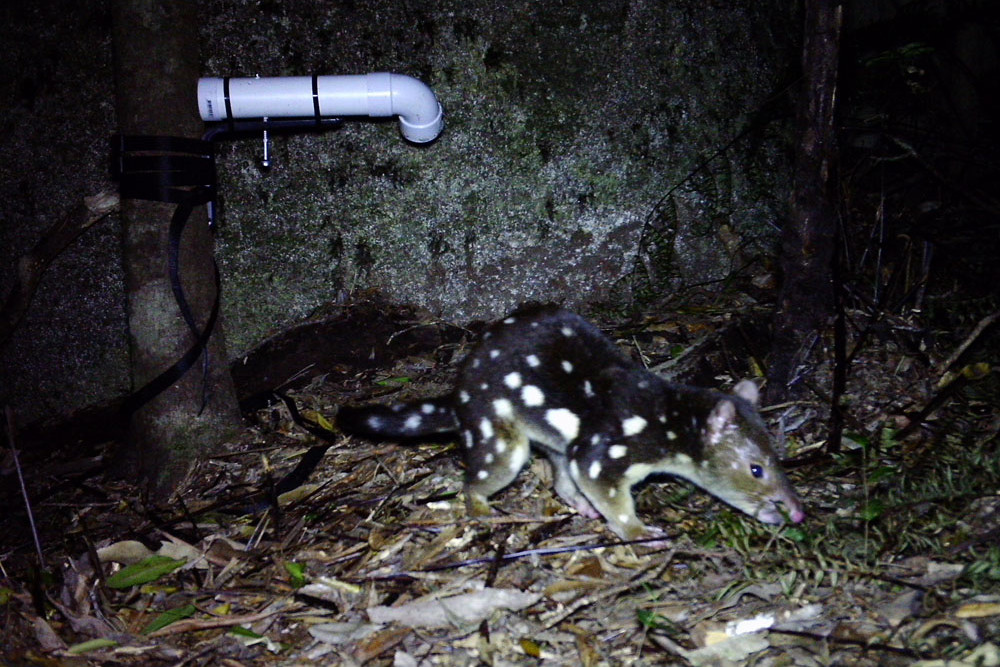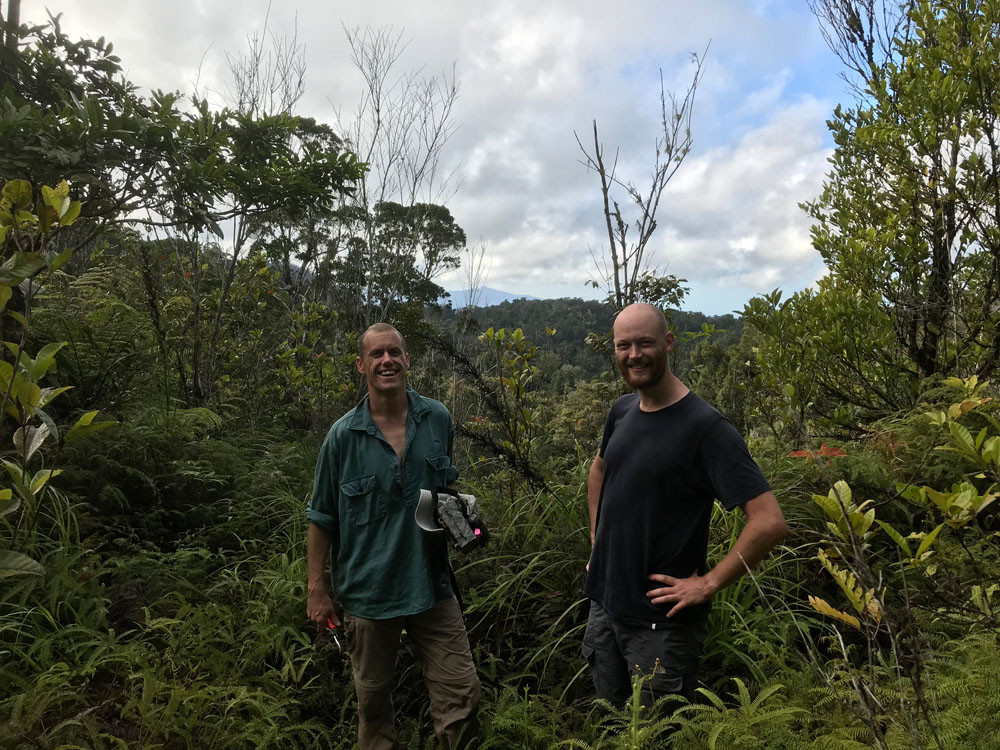Community
15 February, 2023
New study reveals critically low numbers of north Queensland quolls
A RECENT study just out shows that north Queensland’s endangered northern spotted-tailed quolls (Dasyurus maculatus gracilis) might be critically endangered, with numbers down to fewer than 250 individuals, in a handful of small and declining populations.

The study, a collaboration between researchers at James Cook University (JCU) and the University of the Sunshine Coast (UniSC), is the first to estimate the number of northern spottedtailed quolls in all surviving populations.
JCU Associate Professor Conrad Hoskin, a co-author, said this is a landmark study of one of Australia’s rarest creatures.
“The north Queensland subspecies of the spotted-tailed quoll is only found in six mountainous areas, all in the Wet Tropics, and it’s very rarely seen,” Prof Hoskin said.
“This new population estimate is backed by the best quality data to date, and the results are alarming.”
“This project involved many days of rainforest trekking while deploying and collecting camera traps, all over the mountains of the central and northern Wet Tropics,” UniSC Masters graduate and lead author of the study, Jesse Rowland, said.
“We built a catalogue of images of individual quolls, using their spot patterns, and then went through all the photos to see which quolls have visited each camera.
That gave us the data we needed to estimate the population size and demographic make-up of each population,” Mr Rowland said.
The study, published in the journal Austral Ecology, estimated that the total population is around 221 individuals.

The researchers found that the three populations in the north (in the Daintree region) are relatively numerous. Still, the three southern groups (in the Atherton Tablelands region) are small, and at least one of these populations may disappear soon.
“Our estimate is half a previous estimate of over 500 quolls, made about 25 years ago,” Mr Rowland said.
“These new results are very much cause for concern, and we suggest the status of the subspecies should be elevated to critically endangered under the Environment Protection and Biodiversity Conservation Act.”
Dr Scott Burnett, a co-author of the study, said the quolls’ scarcity, combined with their extensive range and extremely rugged habitat in the Wet Tropics, makes spotted-them very difficult to study.
“Accurate population estimates are so important for gauging the effects of many threats which limit quolls – including human activities and climate change – and for measuring the success of conservation efforts,” he said.
Associate Professor Conrad Hoskin worries that the small size and isolation of the remaining populations compounds the extinction risk to northern spotted-tailed quolls.
“When populations become this small, inbreeding can become an issue threatening the short and longer-term survival of the species,” Prof Hoskin said.
“We need to work out the genetics of the remaining populations and factor that into conservation decisions moving forward.”


